Auto mechanics must be comfortable working with oily, greasy parts and be familiar with the latest automotive technology. They must also continually update their skills and work systems.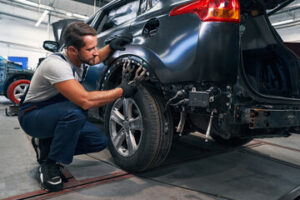
Insurance companies can recommend repair shops, but laws protect your right to choose the shop that will fix your car after a crash. That freedom boosts healthy competition and honest collision repairs. Visit Website to learn more.
Mechanics work on the hands-on parts of vehicles and may specialize in a particular area like engines or brakes. They are the workers who carry out the routine maintenance and basic repairs that keep cars running smoothly. They may also repair or replace faulty mechanical components. Mechanics also know how to run diagnostic tests and use computer software to help them with the job.
Some mechanics even compare their occupation to that of a physician because they often treat people who have problems with their cars that could have been prevented by regular preventive maintenance. They are able to diagnose issues quickly and provide cost estimates that will be fair to the customer. Most mechanics learn their trade in vocational programs in high school or community college and then work full time at auto shops to gain experience. Mechanics also read trade publications daily to keep abreast of new developments in the automotive field.
Another area of specialty for some mechanics is in diesel engine repair. These mechanics work on the engines used in trucks and buses. These engines are more complicated than gasoline engine cars, so they require special training and knowledge. They can also repair emissions controls that are required for vehicles to meet environmental regulations.
A mechanic can also become an expert in the transmission system of a vehicle. This part is essential for transferring power from the engine to the wheels, so it needs to be working properly. A transmission specialist knows how to diagnose problems and repair them quickly. They also understand the importance of maintaining proper fluid levels to keep the transmission system running well.
Other specialties include exhaust specialists and fleet mechanics. Exhaust specialists repair or replace the emission control systems on vehicles to ensure that they comply with environmental regulations. They can also repair or replace the mufflers and catalytic converters on vehicles to reduce noise pollution. Fleet mechanics maintain and repair vehicles that are part of a company’s or government’s fleet, including rental cars. They must be able to perform routine maintenance and make quick repairs to minimize downtime for the entire fleet.
Technicians
Auto technicians are trained to work with a wide variety of automotive repair systems and components. They are also able to use technology and specialized tools to troubleshoot complex problems. In addition to working on mechanical systems, they are also capable of identifying and resolving issues with onboard computer systems.
Technicians are also responsible for keeping detailed records and ensuring that all necessary repairs have been made. They must be comfortable reading and interpreting data in order to create accurate invoices and provide customers with clear pricing estimates. They must also stay updated on new car technologies and repair methods.
A career as an auto mechanic requires a lot of physical demands. Mechanics spend most of their time on their feet and may be exposed to contaminated materials and noisy environments. This type of work can lead to a variety of health issues, including back pain and repetitive stress injuries. In order to avoid these risks, mechanics should always wear protective equipment and keep their working area clean and organized.
There are many different types of automotive technicians, ranging from simple “grease monkeys” to highly trained master technicians. In addition to the technical skills needed, technicians should also have a strong work ethic and a willingness to learn. This is especially important in an industry that’s constantly changing and evolving, with a growing number of new systems being integrated into cars, such as advanced safety features and eco-friendly fuel cells.
Those who want to become auto mechanics need to earn a high school diploma and attend a vocational school program that provides the proper training and credentials. Then, they can take on entry-level jobs to gain experience and build their resumes. They can even get started by taking a vocational training course online to get an edge in the field. This will help them get ahead of the competition and land the best job possible. If you’re interested in pursuing a career as an auto mechanic, Penn Foster Career School offers an Automotive Service Technician program that can help you get started.
Repair shops
Mechanics, technicians and other support staff make up the team that works together to perform repairs on vehicles. Each position has a specific role to play and plays an important part in the overall success of the shop. When choosing a repair shop, it is important to find one that has a solid and experienced team. This ensures that your vehicle is repaired quickly and effectively. You should also ask about the average length of time that employees have been with the shop. This can give you an idea of how satisfied the staff is with their job and how committed they are to their customers.
When selecting a repair shop, it is important to choose one that offers a wide range of services and that provides high-quality parts. You should also check to see if the shop has any specialties, such as working on certain car brands or types. Additionally, you should look for shops that offer a warranty on labor and parts.
If you are unsure what type of auto repair shop you need, start by asking for recommendations from friends and family members. You can also check online reviews for the shop. It is also a good idea to visit the shop and take a look around. This will help you get a feel for the place and see how busy it is.
It is important to ask the repair shop about their pricing and timelines. Typically, the mechanic will perform an inspection of your vehicle and then give you a cost estimate. Some shops may charge a fee to run diagnostics, while others may charge a flat rate or an hourly rate. You should also find out if the shop will let you know if they encounter additional damage during the course of the repair that would require an adjustment to the timeline or costs. You should also ask if the shop has a rental or loaner car program to accommodate drivers who need their vehicle repaired for a longer period of time. If the repair shop does not offer this service, you can ask your insurance company to cover the expense or look for a shop that offers rental car coverage as part of their services.
Vocational schools
Vocational schools focus on the practical aspects of specific trades, such as cosmetology and automotive repair. They provide students with the skills they need to enter the workforce quickly and often have shorter programs than four-year universities, allowing them to graduate faster and save money on tuition. They also offer a variety of different types of programs, including short-term courses, certifications, and diplomas.
Many vocational schools have strong partnerships with local industries and businesses. These relationships allow them to keep up with the latest technological changes in the field and ensure that their graduates are well prepared to take on new challenges. They also help them develop course material that is relevant to the needs of employers.
For example, the Auto Technician program at Northampton Community College includes manufacturer training from Ford, GM, and Audi. This training provides graduates with a deeper understanding of how cars are built, and it prepares them for ASE testing. The program can also be upgraded to an Associate of Applied Science degree, which qualifies students for supervisory roles at dealerships or fleet maintenance companies.
The demand for skilled workers is growing across the country, and the automotive industry is no exception. The aging workforce and lack of interest in the auto repair field have created a shortage of technicians. This shortage has made it more difficult for auto shops to serve their customers. Vocational schools can address this shortage by providing students with the practical skills they need to succeed in the industry.
A skilled technician is critical to the success of any business, and it can be hard to find one without formal education or training. Many high school students are interested in pursuing careers in the automotive industry, but they often face barriers to getting the necessary education and training. This barrier can be caused by a number of factors, including lack of available resources, safety concerns, and funding issues.
Fortunately, there are several ways to overcome these obstacles. For example, a trade school may offer scholarships to deserving students. These scholarships can be used to pay for tuition, books, and other expenses related to the trade. In addition to these scholarships, students can apply for internships and apprenticeships at local businesses. This type of hands-on experience can give them a competitive edge in the job market and help them find employment after graduation.



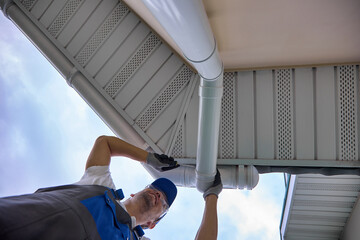
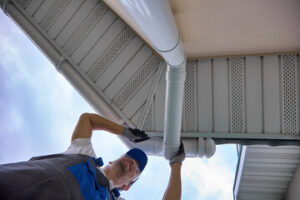
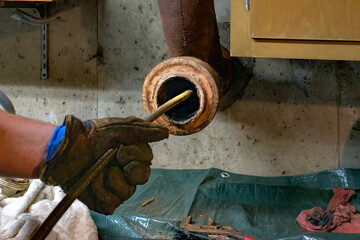
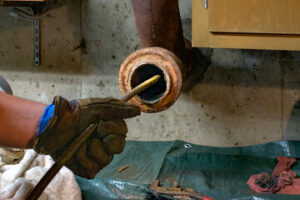

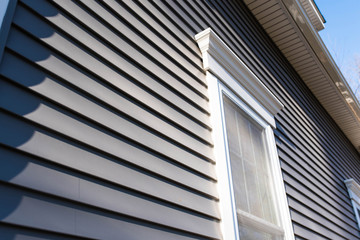
 Computer vision technology enables a variety of applications across industries. It allows factories to monitor equipment and raise alarms for maintenance or quality issues. It helps retailers track product performance and customer sentiment in real time to optimize advertising.
Computer vision technology enables a variety of applications across industries. It allows factories to monitor equipment and raise alarms for maintenance or quality issues. It helps retailers track product performance and customer sentiment in real time to optimize advertising.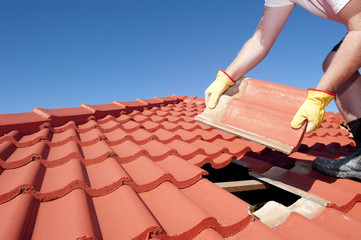



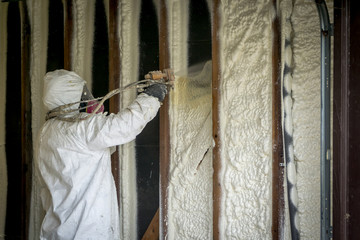
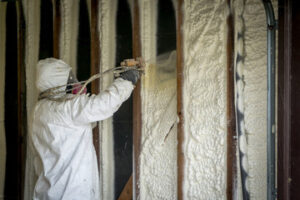 Traditional spray foam uses isocyanates, which have a high GWP. New spray foams use hydrofluoroolefin blowing agents that have a lower GWP.
Traditional spray foam uses isocyanates, which have a high GWP. New spray foams use hydrofluoroolefin blowing agents that have a lower GWP.